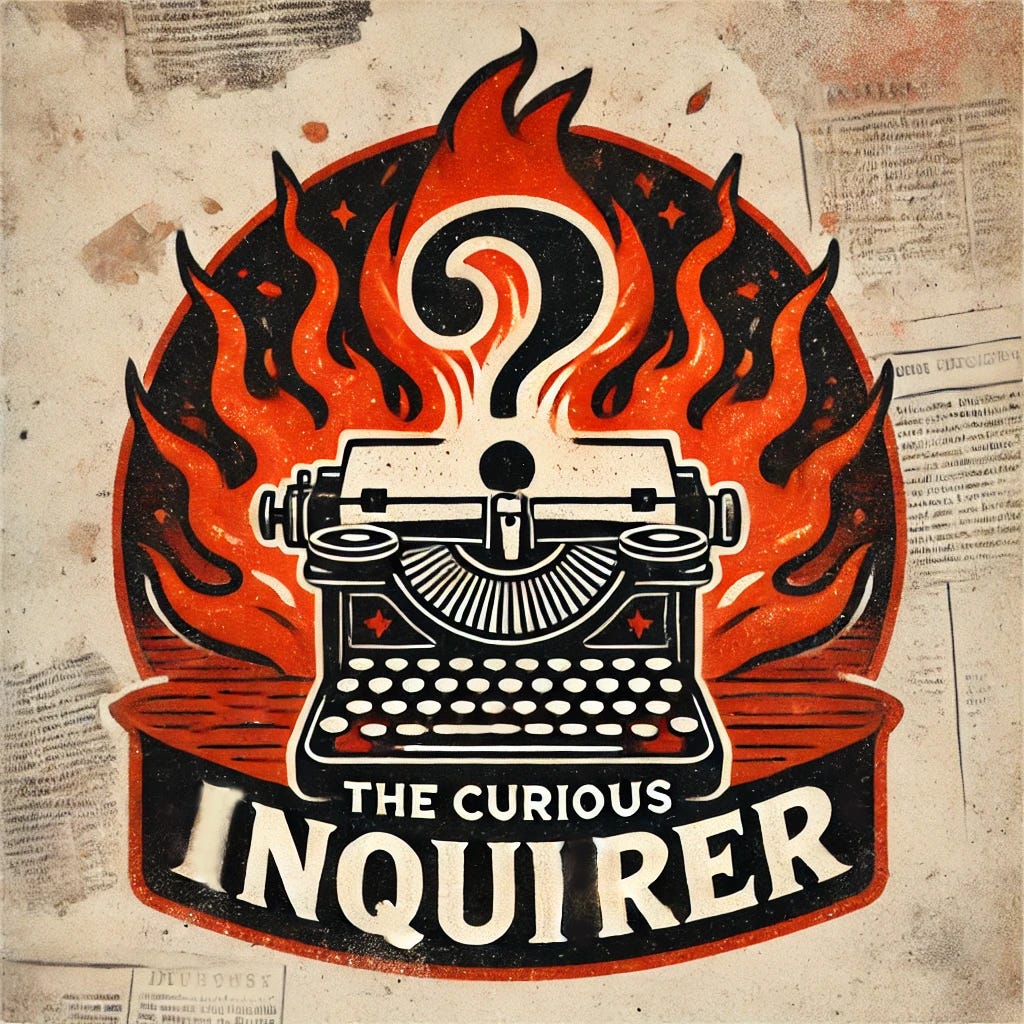Luminol: The Chemical That Makes Your Sins Shine Brighter Than Your Alibi
If Your Crime Scene Looks Like a Glow Stick Party, You're Already Busted
Ah, luminol. The unsung hero of crime scene investigations, the chemical that makes blood light up like the Griswold’s Christmas tree.
You’ve seen it on every crime show worth its salt — the detective sprays it around, flicks off the lights, and suddenly the room glows like a rave for psychopaths.
But this spooky, glowing miracle didn’t just pop out of some forensic scientist’s fever dream. No, luminol has a wild, twisted history of its own, and it’s been lighting up crime scenes since long before CSI made it look cool.
The Birth of a Glowing Godsend
Let’s take a trip back to 1928, when a German chemist named H.O. Albrecht first synthesized luminol.
Albrecht wasn’t exactly looking to bust murderers when he cooked up this stuff. He was just messing around with chemicals, probably bored out of his mind. It wasn’t until 1937 that another chemist, Walter Specht, figured out luminol’s gory potential. Specht realized that this unassuming compound could react with iron in hemoglobin — aka blood — and light up like Times Square on New Year’s Eve.
It was the kind of discovery that makes you wonder whether he was a genius or just really curious about how to make murder scenes look like glow-in-the-dark horror shows.
But luminol’s glow doesn’t just happen because it feels like it. No, it needs a little help from our good friend hydrogen peroxide.
When luminol gets cozy with peroxide and a catalyst (like the iron in blood), it undergoes a chemical reaction that produces light — a phenomenon called chemiluminescence.
Basically, it’s science’s way of making murder beautiful.
From Lab Oddity to Crime Scene Superstar
Fast forward to the modern era, and luminol has become the forensic community’s best friend.
Forget fingerprints or DNA — luminol is the chemical that makes the cold, dead truth light up like a haunted disco. You spray it over a crime scene, flip off the lights, and voilà — if blood was ever there, it glows an eerie blue like a ghostly message from the victim saying, “Hey, I bled out here. Do something about it.”
Luminol doesn’t just react to blood. It’ll glow for bleach, rust, horseradish, and even copper. So if your killer is a particularly dedicated housekeeper with a hankering for obscure condiments, you might be in trouble. Cops know this, of course, but they still use it because it’s damn effective at lighting up evidence that otherwise looks squeaky clean.
Hollywood’s Favorite Gimmick
If you’ve watched enough TV crime dramas, you probably think luminol is some magical, irrefutable proof of murder. Spray, glow, case closed.
But real-life forensics isn’t that neat.
Sure, luminol is great at finding blood traces — even if the killer scrubbed like an obsessive-compulsive maid on a cocaine high. But it’s not a guarantee that the blood is human or fresh. Just because it glows doesn’t mean it’s relevant. Cops still have to run tests and make sure it’s not just some tomato sauce from last week’s lasagna disaster.
The Legacy of the Glow
Despite its flaws, luminol is still the rock star of crime scene investigation.
Its spooky glow has cracked countless cold cases and made detectives look like wizards conjuring the secrets of the dead. It’s not perfect, but it’s damn good at getting people to confess when they see their living room light up like a twisted Lite-Brite.
So next time you’re watching some gritty crime drama and the detective busts out the luminol, just remember: That creepy glow isn’t just for show. It’s the product of nearly a century of chemical curiosity and forensic finesse.
And if you’re ever tempted to clean up a murder scene with bleach, just know that luminol will still rat you out.
The glow never lies.
— Lloyd Rogers






Very good